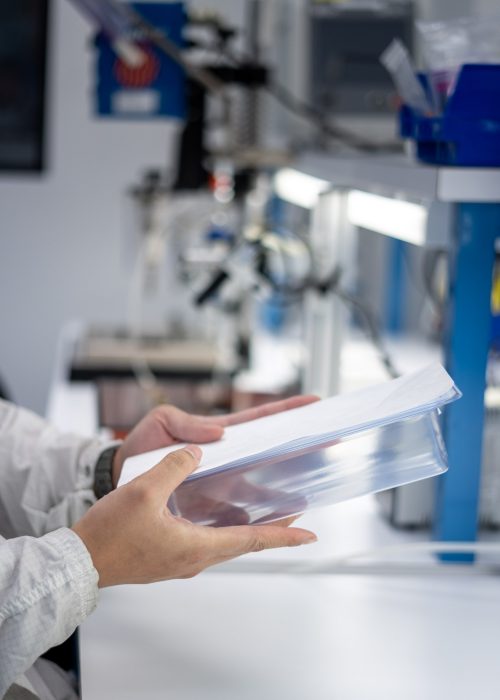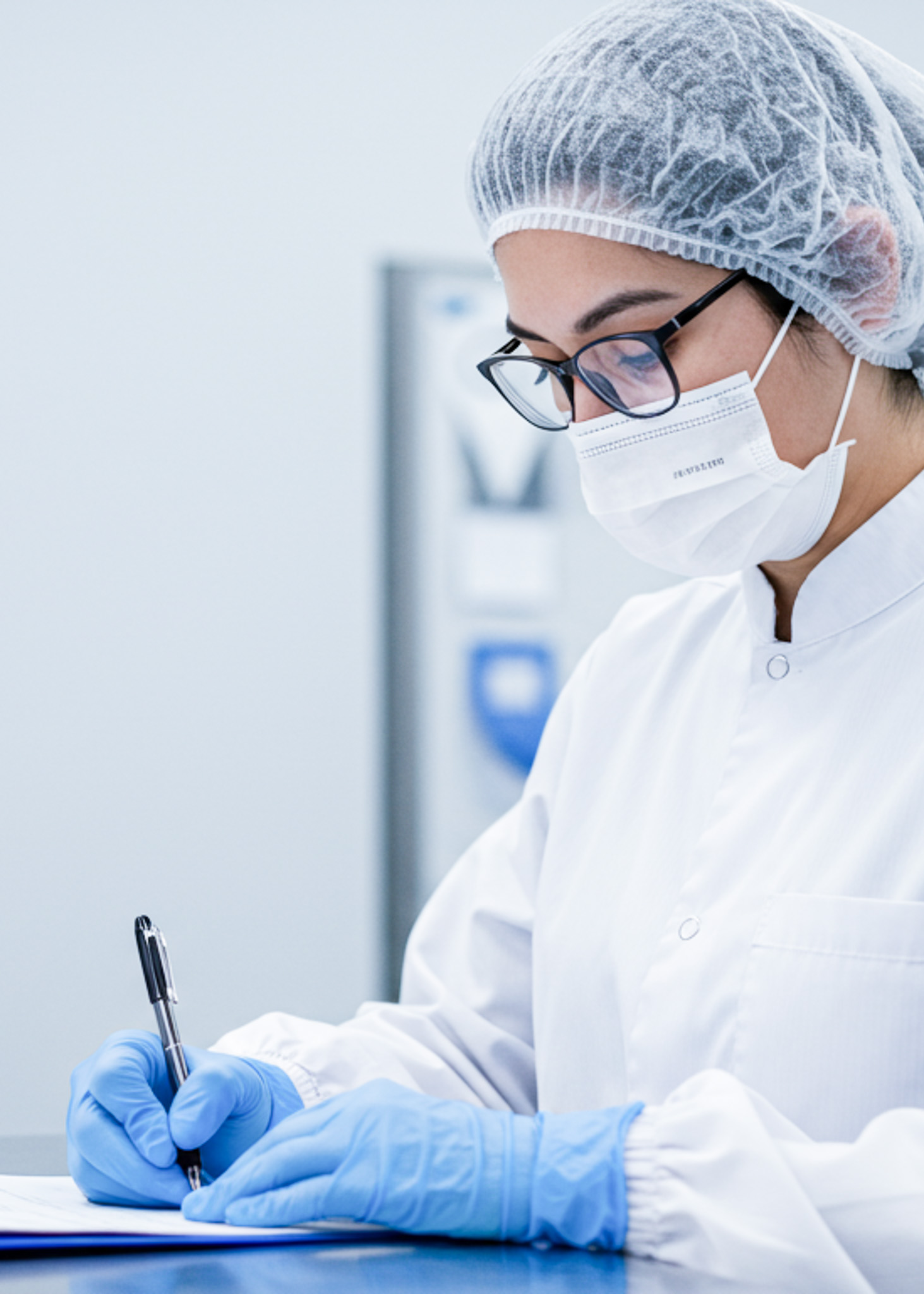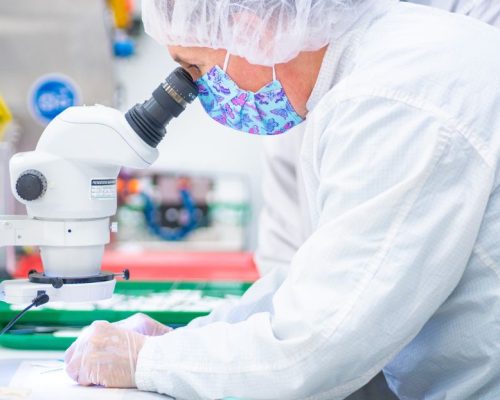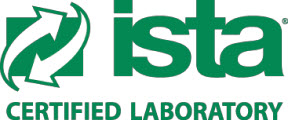Visual Inspection
Life Science Outsourcing provides comprehensive visual inspection testing to detect and address visible packaging defects that could compromise product integrity, sterility, or labeling accuracy. As part of our medical package testing services, we help ensure compliance with FDA Quality System Regulation (QSR) and maintain high-quality standards for medical device manufacturers. Scroll down to see how our expertise safeguards your product and enhances reliability for end users.
What is medical package visual inspection testing?

Visual inspection testing involves examination of medical device packaging to detect visible defects or issues that could compromise packaging integrity. Testing can include identifying physical defects such as tears, holes, or dents in the packaging material; determining if the seals are intact and correctly applied; or verification of labeling accuracy, correct placement, and label legibility.
This type of testing is important for:
Product Safety
Defects in packaging can lead to medical device contamination or degradation.
Compliance
Visual inspection can help to meet packaging regulatory compliance requirements.
Quality assurance
Visual inspection helps to maintain high product quality standards.
Who needs visual inspection testing?
Medical device manufacturers may need visual inspection testing to verify that their packaging processes meet quality standards and regulatory requirements. Quality control departments and regulatory bodies also use visual inspection testing to perform regular checks and maintain quality assurance.
How does visual inspection work?
Visual inspection testing involves several steps to detect defects or issues in medical device packaging:
Preparation
Inspection criteria is defined, such as standards for seal integrity, physical defects, and labeling accuracy. Inspectors are trained to recognize defects and understand specific criteria for the product and packaging.
Inspection setup
Proper lighting conditions are established to help inspectors identify defects, and tools are provided to examine small, intricate packaging details.
Inspection process
A visual examination takes place with inspectors looking for visible defects such as tears, holes, dents, or misaligned seals. A labeling check occurs, seal integrity is tested, and packaging is scrutinized to determine if it matches specifications and standards set by the manufacturer.
Documentation
Findings with any defects or issues are recorded. A report is then generated that details inspection results and any deviations from required standards.
Post-inspection actions
Corrective actions are addressed; review and analysis are performed.
Verification and validation
This last step ensures corrective actions have been effective and that packaging meets required standards. Validation is periodically performed to verify packaging effectiveness and reliability.

What standards apply?

Visual inspection testing is required to meet US regulations for medical device packaging. The FDA’s Quality System Regulation (QSR) (21 CFR Part 820) requires manufacturers to meet specified package requirements to protect the device from damage and contamination.

